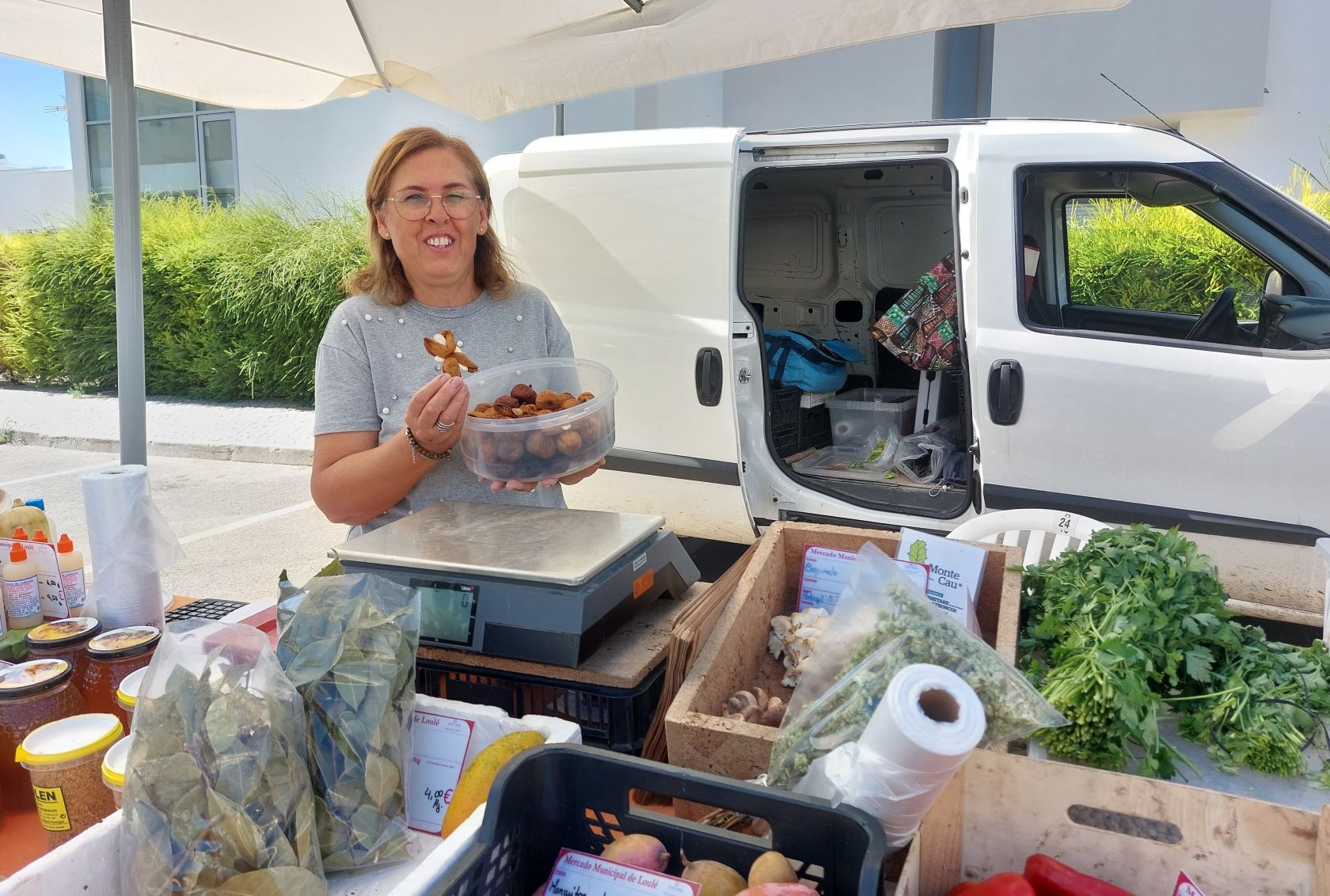“Nothing in nature blooms all year around, be patient with yourself”. A great quote. And it's true! Everything has its season. Take the humble fig tree, for example. In the winter months, it looks almost skeletal – reduced only to its light grey branches. However, when summer rolls around, it decides to grow the most humongous green leaves, as well as an abundance of tasty fruits that make it a positive safe haven for any creature – great and small – that craves a little shade and something sweet to snack on.
Yep, fig trees know what they are doing. I would take their advice. After all, they’ve been at it a while. These umbrellas of summer delights have been cultivated for over 5,000 years. Here in the Algarve, they have had their roots deep in the culture and traditions for centuries. Ask them yourself! Some that you see around are over 200 years old.
Take your peck
Early birds can pick (or peck) a few varieties of figs in late May to June but these are just a little teaser of things to come. The main fig harvest takes place in summer from August to September. These are a treat at the time but figs can be enjoyed all year around. In fact, they are my favourite writing snack!

But how? Well, our neighbour Dona Maria is busy harvesting hers as we speak and I thought it would be nice to pick her brain about how she does it.
Sunbathing figs
Dona Maria was busy picking her figs and laying them out in the sunshine to dry. Traditionally, this would be done on mats made from cana Algarvia – the same bamboo-like plant that baskets are made out of. This allows them to be easily rolled away at night as they should not get wet or humid.
After drying in the sun, it's time for the inspection. Some won’t be all that beautiful, and I was interested to note that her son takes these to the same place they press olive oil in Santa Catarina da Fonte do Bispo. Here, just like the olives, your crop is weighed but, instead of olive oil, you are given your allotted fig-firewater (aguardente de Figo) in return.

Look how they shine for you
I was at the vegetable market in Almancil last week. Side note: This little pop-up market is just lovely. For anybody interested, it springs up on the road next to the ASCA building (near the Jardim das Comunidades) every Thursday between 7:30 am and 1:00 pm.
But back to the story. Here I was at the market and it occurred to me I should ask Noélia about it. She is, after all, my local dealer of my aforementioned preferred writing snacks – fig stars. Since trying to write this, I suddenly got a lot more curious on the subject and Noélia kindly let me in on a few secrets about how she turns her figs into the beautiful constellations I’m so fond of munching on when I’m trying to get my brain to work.
Just like Dona Maria, Algarve sunshine is again the key ingredient. But Noélia also told me that she polishes up her dried figs with just a little water, olive oil and salt – which gives them a lovely shine.

Then, out into the sunshine they go once more before she cuts them down the sides to make star shapes. Once she has two, she fills this ‘stellar sandwich’ with another distinctly Algarvian crop – almonds. After also adding a touch of spice, the stars align and the final step is to toast them for just the right amount of time in the oven.
Dona Maria also toasts hers in her home oven but told me how she used to have fornos (wood-fired ovens) in the garden where she used to also bake bread.
According to Dona Maria, in the past, it was customary that after the dia de São Miguel, at the end of September, anyone was allowed to help themselves to any figs left on the trees to save them from going to waste.
Bring us some figgy pudding
So there you go. That's what I found out. If you still find a fig on a tree, please feel free to pick it!
A final word of warning though. I was always told to open them up first, as being a very natural product, you never know who might have got there first. I’m reminded of the Christmas joke: “What’s worse than finding a maggot in your fig?” Answer: “Finding half a maggot!”















